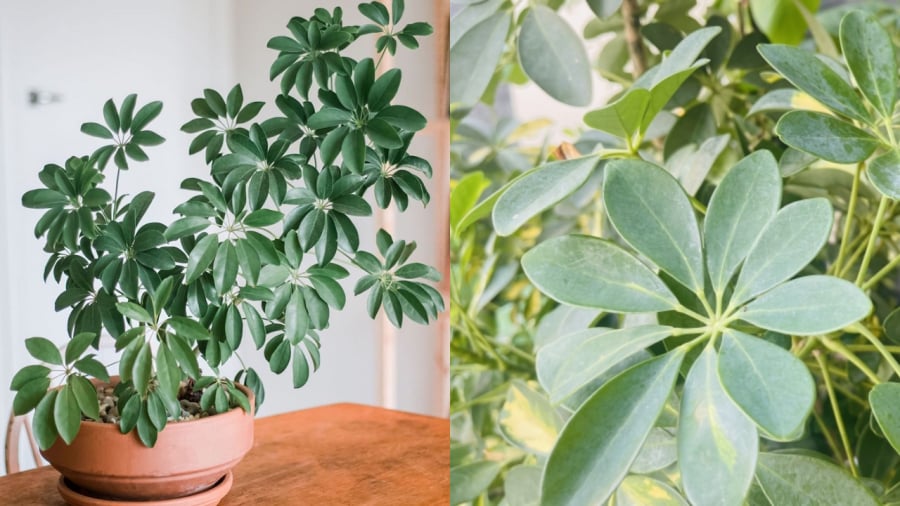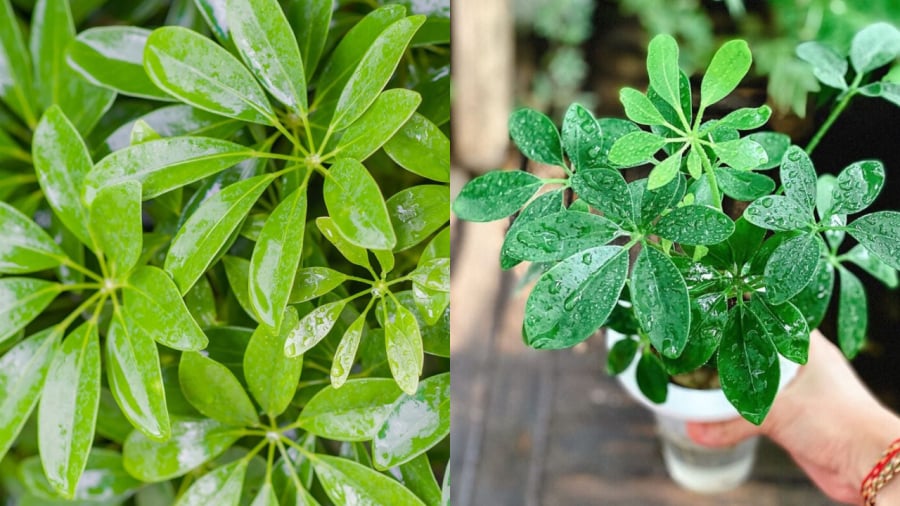The Feng Shui Significance of the Five-Fingered Ginger Plant
The five-fingered ginger plant is a small shrub with palmately compound leaves, each consisting of 6-8 leaflets. This plant can grow up to 7 meters tall. The flowers grow in clusters, and the fruits turn purple-black when ripe.
There are three varieties of this plant: the fragrant five-fingered ginger, the spiny five-fingered ginger, and the bird’s foot five-fingered ginger.
This easy-to-care-for plant thrives indoors, providing a refreshing and calming atmosphere. It is also known for its air-purifying properties, effectively removing toxins such as formaldehyde, toluene, and benzene. Additionally, the five-fingered ginger plant repels mosquitoes and absorbs radiation from electronic devices.
In traditional Chinese medicine, this plant is believed to possess anti-aging properties and is used to enhance metabolism, stabilize blood pressure, and support cognitive function.
From a Feng Shui perspective, the five-fingered ginger plant attracts positive energy and brings good fortune to the household. Homeowners can place it in their garden, or pot it for their desk or office to invite good luck and enhance their career prospects.
Having this plant indoors is believed to infuse the home with vibrant energy, stabilizing finances and fostering a thriving career.

Which Zodiac Signs Should Grow the Five-Fingered Ginger Plant?
In Feng Shui, the five-fingered ginger plant is particularly auspicious for individuals with the Wood and Fire elements in their zodiac signs. Growing this plant indoors is believed to attract wealth and open up opportunities for career advancement.
Additionally, individuals born in the Year of the Tiger, regardless of their zodiac element, can benefit from having this plant in their homes or offices. Some birth years of the Tiger include 1950 (Canh Dần), 1962 (Nhâm Dần), 1974 (Giáp Dần), and 1986 (Bính Dần).

Caring for the Five-Fingered Ginger Plant
The five-fingered ginger plant thrives in shaded areas. If grown in a pot, it is beneficial to place it outdoors in indirect sunlight once or twice a week for 4-6 hours, avoiding direct sunlight.
Typically, watering the plant 2-3 times a week is sufficient. Overwatering can cause leaf discolouration and leaf drop. Reduce watering if you notice these signs.
While the plant grows optimally in temperatures between 25-30°C, it can tolerate temperatures as high as 60°C.






































